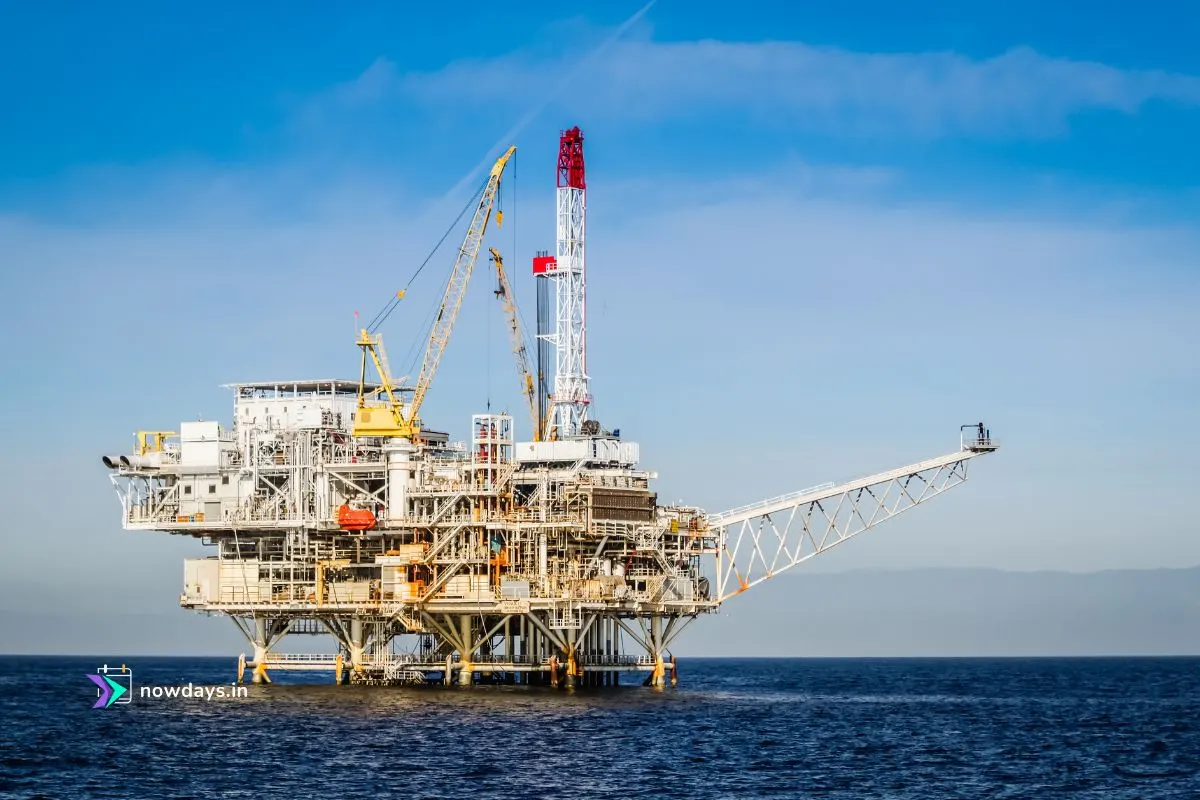Gulf of Mexico, September 2024 — In a scene evoking archaeological discovery, SpaceX retrieved the mangled remains of a Starship Super Heavy booster from the ocean depths—a haunting silhouette of stainless steel against the waves. Elon Musk himself described the salvaged hardware as resembling “the ruins of a futuristic, long-dead civilization,” capturing imaginations worldwide . This 71-meter-tall behemoth, scorched and twisted from its June 2024 test flight, represents both a triumph of engineering and a cautionary artifact in SpaceX’s quest for interplanetary travel.

The Flight That Forged a Relic
The booster—flown during Starship’s fourth test mission (IFT-4)—marked a milestone:
- First Controlled Descent: Survived re-entry to splash intact into the Gulf of Mexico
- Orbital Velocity Achieved: Starship upper stage reached space before landing in the Indian Ocean
- Post-Mission Carnage: Saltwater corrosion and structural stress left its 33 Raptor engines exposed like skeletal remains
Despite this “success,” the booster’s condition revealed the brutal reality of atmospheric re-entry. Photographs show 14 Raptor engines still clinging to the framework, while 19 others likely rest on the ocean floor .
Table: Starship Flight 4 by the Numbers
| Metric | Achievement | Significance |
|---|---|---|
| Booster Height | 71m (233 ft) | Taller than Statue of Liberty’s pedestal |
| Thrust at Launch | 16.7M lbs | Double Saturn V’s power |
| Splashdown Survival | First in history | Critical step toward reusability |
| Retrieval Timeline | 3 months post-flight | Unprecedented salvage operation |
The Enigma of Recovery: Why Fish Out a “Ruin”?
SpaceX’s secretive recovery mission—using the vessel HOS Ridgewind—raised eyebrows. Speculations abound:
- Raptor Autopsy: Studying engine burn patterns to refine re-entry survivability
- Tech Security: Preventing rivals or foreign nations from accessing advanced propulsion tech
- Data from Debris: Sensors in the thrust structure could reveal stress points during descent
Notably, this was SpaceX’s first booster retrieval from open waters—a departure from letting hardware sink. As one observer noted, “They’re treating this like a black box from a crashed jet” .
The Paradox of Progress: Successes Amid Setbacks
While Flight 4 proved Starship’s re-entry capability, the program’s journey remains turbulent:
- 9 Launches to Date: 4 successes, 5 failures (including 3 consecutive losses in early 2025)
- Flight 5 Delayed: Stacked at Starbase since September 2024, awaiting FAA approval due to environmental reviews
- NASA’s Moon Dreams: Artemis III lunar landing now pushed to 2027, hinging on Starship’s reliability
Elon Musk’s mantra—”Fail fast, learn fast“—faces scrutiny as critics question the sustainability of repeated explosions. Yet each failure feeds progress: Flight 6’s booster became the first caught mid-air by SpaceX’s “Mechazilla” arms in October 2024 .
Mars or Bust: The Salvage as Symbolism
The retrieved booster embodies SpaceX’s high-risk, high-reward philosophy:
- Colonization Blueprint: Musk aims for 5 uncrewed Mars missions by 2026, needing reusable boosters
- Economic Imperative: Full reusability could slash launch costs from $100M to $10M per flight
- Cultural Resonance: The “futuristic ruin” imagery fuels public fascination with space’s brutal beauty
As documentary filmmakers who witnessed the salvage noted, the operation felt like “recovering a moon lander from an alternate timeline” .
What Lies Beneath—and Beyond
With Flight 5 pending FAA clearance, SpaceX’s seaside salvage mission underscores a truth: every relic informs the renaissance. The booster’s barnacle-encrusted engines may hold data critical to landing humans on Mars—or warn of hurdles ahead. As one space historian observed, “Future civilizations might study this debris to understand how multiplanetary life began—or why it stalled” .
For now, the booster rests at Starbase—a monument to progress forged in fire and sea. Its retrieval whispers what SpaceX dares shout: The road to Mars is paved with recovered ruins.
Starship booster recovered from sea
— Elon Musk (@elonmusk) July 20, 2025
Like the ruins of a long dead civilization pic.twitter.com/aoypJT9T26










1 thought on “Starship Booster Pulled from the Sea, Echoes of a Lost Civilization”